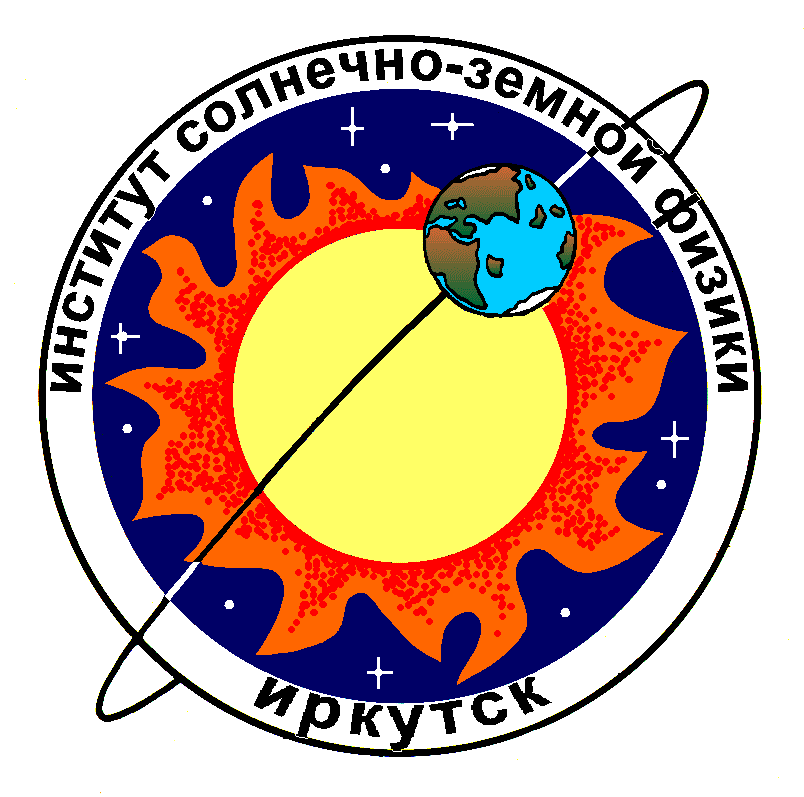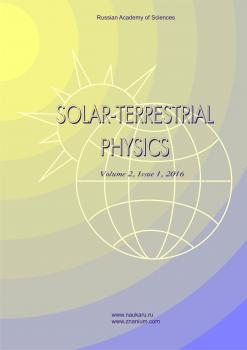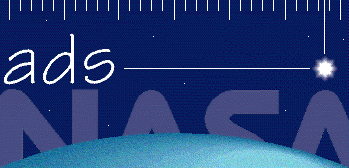from 01.01.2014 until now
Apatity, Russian Federation
employee from 01.01.2008 until now
Apatity, Murmansk, Russian Federation
from 01.01.2010 until now
Apatity, Russian Federation
Apatity, Murmansk, Russian Federation
We analyze the effect of changes in the cosmic radio noise absorption in the lower ionosphere on propagation of the auroral hiss to the ground, using observational data from the Lovozero and Tumanny observatories. Three bursts of auroral hiss have been examined whose termination is accompanied by an increase in riometric absorption up to 0.6–2.2 dB. Modeling their propagation from the magnetosphere to the ground under conditions of a perturbed electron density profile, caused by precipitation of energetic electrons, shows that even a small absorption of 0.6 dB in the ionosphere causes the auroral hiss to weaken by 45–50 dB relative to its power at an altitude of 800 km. Calculations show that with such absorption the auroral hiss power near the ground is comparable to the level of natural noise of the Earth — ionosphere waveguide, and with riometric absorption of 2.2 dB a complete termination of the auroral hiss on the ground can be expected.
auroral hiss, ionosphere, cosmic noise absorption
1. Aksenov V.I. Investigation of the propagation of very long radio waves in the Earth’s ionosphere. 1. Theory. Radiophysics and Quantum Electronics. 1975, vol. 18, pp. 985–995.
2. Banks P. Collision frequencies and energy transfer electrons. Planet. Space Sci. 1966, vol. 14, no. 11, pp. 1085–1103.
3. Bilitza D., Altadill D., Truhlik V., Shubin V., Galkin I., Reinisch B., Huang X. International reference ionosphere 2016: From ionospheric climate to real-time weather predictions. Space Weather. 2017, vol. 15, no. 2, pp. 418–429. DOI:https://doi.org/10.1002/2016SW001593
4. Fang X., Randall C.E., Lummerzheim D., Solomon S.C., Mills M.J., Marsh D.R., Jackman C.H., Wang W., Lu G. Electron impact ionization: A new parameterization for 100 eV to 1 MeV electrons. J. Geophys. Res. 2008, vol. 113, A09311. DOI:https://doi.org/10.1029/2008JA013384.
5. Fang X., Randall C.E., Lummerzheim D., Wang W., Lu G., Solomon S.C., Frahm R.A. Parameterization of mono-energetic electron impact ionization. Geophys. Res. Lett. 2010, vol. 37, L22106. DOI:https://doi.org/10.1029/2010gl045406.
6. Frahm R.A., Winningham J.D., Sharber J.R., Link R., Crowley G., Gains E.E., Chenette D.L., Anderson B.J., Potemra T.A. The diffuse aurora: A significant source of ionization in the middle atmosphere. J. Geophys. Res. 1997, vol. 102, no. D23, pp. 28,203–28,214. DOI:https://doi.org/10.1029/97JD02430.
7. Glukhov V.S., Pasko V., Inan U.S. Relaxation of transient lower ionospheric disturbances caused by lightning-whistler-induced electron precipitation bursts. J. Geophys. Res. 1992, vol. 97, pp. 16971–16979. DOI:https://doi.org/10.1029/92JA01596.
8. Harang L., Larsen R. Radio wave emissions in the VLF-band observed near the auroral zone — I. Occurrence of emissions during disturbances. J. Atmos. Terr. Phys. 1965, vol. 27, pp. 481–497. DOI:https://doi.org/10.1016/0021-9169(65)90013-9.
9. Hargreaves J.K. Auroral absorption of HF radio waves in the ionosphere: A review of results from the first decade of riometry. Proc. IEEE. 1969, vol. 57, pp. 1348–1373. DOI:https://doi.org/10.1109/PROC.1969.7275.
10. Ivanov V.E., Dashkevich Zh.V. About the possibility of researching of the spectra of precipitating electrons by using optical observations of MAIN system. Transactions Kola Science Centre. 2019, vol. 8, no. 5. DOI:https://doi.org/10.25702/KSC.2307-5252.2019.10.8.
11. Jørgensen T.S. Morphology of VLF hiss zones and their correlation with particle precipitation events. J. Geophys. Res. 1966, vol. 71, no. 5, pp. 1367–1375. DOI:https://doi.org/10.1029/JZ071i 005p01367.
12. Kaeppler S.R., Marshall R., Sanchez E.R., Juarez Madera D.H., Troyer R., Jaynes A.N. PyGPI5: A python D- and E-region chemistry and ionization model. Front. Astron. Space Sci. 2022, vol. 9, pp. 1–10. DOI:https://doi.org/10.3389/fspas.2022.1028042.
13. Kleimenova N., Manninen J., Gromova L., Gromov S., Turunen T. Bursts of auroral-hiss VLF emissions on the Earth’s surface at l~5.5 and geomagnetic disturbances. Geomagnetism and Aeronomy. 2019, vol. 59, no 3, pp. 272–280. DOI: 10.1134/ S0016793219030083.
14. Lebed’, O.M., Fedorenko, Y.V., Manninen, J., Kleimenova N.G., Nikitenko A.S. Modeling of the auroral hiss propagation from the source region to the ground. Geomagnetism and Aeronomy. 2019, vol. 59, pp. 577–586. DOI:https://doi.org/10.1134/S0016793219050074.
15. Lehtinen N.G., Inan U.S. Possible persistent ionization caused by giant blue jets. Geophys. Res. Lett. 2007, vol. 34, L08804. DOI:https://doi.org/10.1029/2006GL029051.
16. Lehtinen N.G., Inan U.S. Radiation of ELF/VLF waves by harmonically varying currents into a stratified ionosphere with application to radiation by a modulated electrojet. J. Geophys. Res. 2008, vol. 113, A06301. DOI:https://doi.org/10.1029/2007JA012911.
17. Makita K. VLF/LF hiss emissions associated with aurora. Mem. Natl. Inst. Polar Res. Tokyo. Ser. A. 1979, No. 16, pp. 1–126.
18. Manninen J., Kleimenova N., Kozlovsky A., Fedorenko Y., Gromova L., Turunen T. Ground-based auroral hiss recorded in Northern Finland with reference to magnetic substorms. Geophys. Res. Lett. 2020, vol. 47, e2019GL086285. DOI:https://doi.org/10.1029/2019GL086285.
19. Nikitenko A.S., Fedorenko Yu V., Manninen J., et al. Modeling the spatial structure of the auroral hiss and comparing results to observations. Bull. Russian Academy of Sciences: Physics. 2023, vol. 87, no. 1, pp. 112–117. DOI:https://doi.org/10.3103/s1062873822700265.
20. Picone J.M., Hedin A.E., Drob D.P., Aikin A.C. NRLMSISE-00 empirical model of the atmosphere: Statistical comparisons and scientific issues. J. Geophys. Res. 2002, vol. 107, iss. A12, CiteID 1468. DOI:https://doi.org/10.1029/2002JA009430.
21. Pil’gaev, S.V., Larchenko, A.V., Fedorenko, Yu.V., Filatov M.V., Nikitenko A.S. A three-component very-low-frequency signal receiver with precision data synchronization with universal time. Instruments and Experimental Techniques. 2021, vol. 64, pp. 744–753. DOI:https://doi.org/10.1134/S0020441221040229.
22. Pulliam D.M., Anderson H.R., Stamnes K., Rees M.H. Auroral electron acceleration and atmospheric interactions: (1) Rocket-borne observations and (2) Scattering calculations. J. Geophys. Res.: Space Phys. 1981, vol. 86, no. A4, pp. 2397–2404. DOI:https://doi.org/10.1029/JA086iA04p02397.
23. Sazhin S.S., Bullough K., Hayakawa M. Auroral hiss: a review. Planet. Space Sci. 1993, vol. 41, pp. 153–166. DOI:https://doi.org/10.1016/0032-0633(93)90045-4.
24. Shklyar D.R., Nagano I. On VLF wave scattering in plasma with density irregularities. J. Geophys. Res.: Space Phys. 1998, vol. 103, no. A12, pp. 29515–29526. DOI:https://doi.org/10.1029/98JA02311.
25. Sonwalkar V.S., Harikumar J. An explanation of ground observations of auroral hiss: Role of density depletions and meter-scale irregularities. J. Geophys. Res.: Space Phys. 2000, vol. 105, no. A8, pp. 18867–18883. DOI:https://doi.org/10.1029/1999JA000302.
26. Stix T. Waves in Plasmas. American Inst. Phys. 1992.
27. Troshichev O.A., Besprozvannaya A.S., Makarova L.N. Ionospherno-magnitnie vozmuscheniya v vysokih shirotah. - pod redakciey O.A. Troshicheva. L.: AANII, Gidrometeoizdat, 1986, 255 p. (In Russian).
28. Tsyganenko N.A. Modeling the Earth’s magnetospheric magnetic field confined within a realistic magnetopause. J. Geophys. Res. 1995, vol. 100, pp. 5599–5612. DOI:https://doi.org/10.1029/94JA03193.
29. URL: https://wdc.kugi.kyoto-u.ac.jp/dst_provisional/index.html (accessed November 14, 2024).


















